Vietnam: What are the sample short essays on retelling a favorite fairy tale under the 4th-grade Vietnamese Language curriculum? What are the linguistic competencies required for 4th-grade students?
What are the sample short essays on retelling a favorite fairy tale under the 4th-grade Vietnamese Language curriculum in Vietnam?
Students can refer to the sample short essays on retelling a favorite fairy tale under the 4th-grade Vietnamese Language curriculum in Vietnam below:
Sample 1: "The Hundred-Knot Bamboo/Cây tre trăm đốt/Cây tre trăm đốt"
Fairy tales with magical and mystical details always possess an irresistible charm for me. Among the stories I have read, "The Hundred-Knot Bamboo/Cây tre trăm đốt" left a strong impression on me.
The story narrates the tale of An Khai, a strong, agile, and hardworking young man. Knowing he had no relatives, a landlord called him over and promised to marry his daughter to him. The condition was that An Khai had to work for his household for three years without pay. An Khai agreed, and from that day on, he worked tirelessly through sun and rain. Thanks to his efforts, the landlord's wealth increased. However, when the promised day arrived, the landlord set an additional condition: a bridal gift. He demanded that An Khai bring a hundred-knot bamboo, only then would he marry off his daughter. The naive farmer, hearing this, took an axe to the forest to find the bamboo. Meanwhile, the landlord immediately arranged a wedding for his daughter with a wealthy young man from a neighboring village once An Khai left.
An Khai wandered over many hills and forests, yet he couldn’t find a bamboo long enough with a hundred knots. When he was at a loss, deeply troubled, a fairy appeared to him. He instructed him to cut a hundred separate bamboo sections. Then he taught him the magic words "khac nhap, khac nhap" to join them into a hundred-knot bamboo. He also taught him the words "khac xuat, khac xuat" to separate the bamboo sections so they could be bundled easily and carried home. Thanks to the fairy, An Khai secured the bridal gift the landlord required. With immense joy, he eagerly returned home. To his astonishment, upon his arrival, the wedding was being grandly celebrated, and the groom was not him. Angered, An Khai recited the magic words, attaching the deceitful landlord to The Hundred-Knot Bamboo/Cây tre trăm đốt, causing him both shame and pain. Meanwhile, the wealthy man also wanted to intervene, but An Khai recited the magic words to bind him to the bamboo as well. Ultimately, An Khai demanded that the landlord fulfill his promise before releasing them. In agony, the landlord reluctantly agreed. Thus, An Khai’s wedding with the landlord’s daughter was lavishly celebrated with the blessings of the villagers.
In "The Hundred-Knot Bamboo/Cây tre trăm đốt," An Khai uses magic to directly punish the deceitful villains, a detail that greatly satisfies the readers. It also serves as a lesson for those intending to deceive and exploit others to stop immediately, or face dire consequences. This lesson was skillfully imparted by the folk author through the story.
Sample 2: "Eat starfruit, repay gold/Ăn khế trả vàng"
A particularly beloved fairy tale that I read repeatedly is the story of "Eat starfruit, repay gold/Ăn khế trả vàng"
The story narrates the tale of two brothers with opposing personalities. The younger brother is kind, honest, and sincere, while the elder brother is cruel, deceitful, and lazy. Due to these traits, they led entirely different lives. When their father passed away, the elder brother seized the entire inheritance and drove the younger brother away, leaving him with an old starfruit tree and a shabby hut. Unexpectedly, the old tree bore a tremendous amount of fruit, attracting a mythical bird. This bird, after hearing about the younger brother’s difficult circumstances, promised, "Eat starfruit, repay gold, sew a three-span bag to carry." Indeed, it took the younger brother to an island filled with gold and jewels, making him rich. Upon learning of this, the wicked elder brother visited to inquire and demanded to exchange places with the old starfruit tree. He deceitfully lamented to the bird to be taken to the gold island like his younger brother. However, he secretly brought along a much larger twelve-span bag and stuffed more gold into his pockets. As a result, on the way back, during a storm, the weight of the gold caused him to fall into the sea, drowning him.
The ending of the story serves as a moral lesson advising descendants to avoid greed and deceit, lest they face unfortunate consequences like the elder brother. The humanitarian significance of the tale is the reason I cherish it.
Note: The information is for reference only!
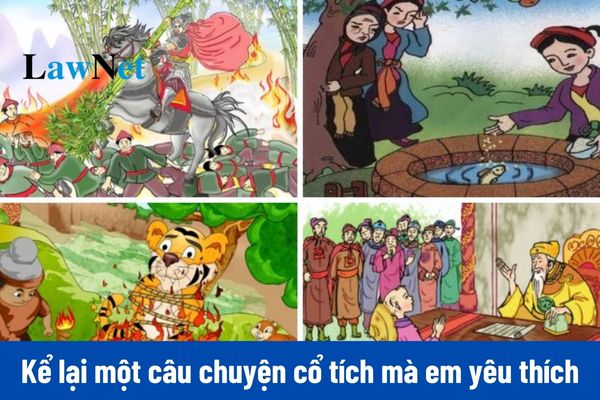
What are the sample short essays on retelling a favorite fairy tale under the 4th-grade Vietnamese Language curriculum? What are the linguistic competencies required for 4th-grade students? (Image from the Internet)
What are the assessment methods for 4th-grade students in Vietnam?
According to Clause 2 Article 5 of the Regulation on Assessment of Primary School Students issued with Circular 27/2020/TT-BGDDT, the following methods are used for assessing primary school students:
- Assessment by observation: Teachers monitor and listen to students when teaching in classes, employ observation cards, examination boards and records of student's behaviors as proof for assessment of studying and training processes of students.
- Assessment by academic records, products and activities of students: Teachers provide feedback and assessment regarding products and activity results of students thereby assessing students based on relevant assessment criteria.
- Assessment by communication: Teachers discuss with students in form of questions and answers to collect information and promptly provide comment, remedial measures.
- Assessment by writing: Teachers employ tests consisting of questions and exercises designed according to levels and requirements to be achieved of the program in form of multiple-choice questions and writing tests to assess level of completion for academic assessment criteria.
What are the linguistic competencies required for 4th-grade students in Vietnam?
Under the General Education Program in Literature issued with Circular 32/2018/TT-BGDDT, the following linguistic competencies are required for 4th-grade students in Vietnam:
- Pay more attention to understanding specific content, understanding themes, and lessons drawn from the text.
- Start writing short, complete essays, mainly narrative, descriptive, and simple introductions.
- Write texts retelling stories read, events witnessed, participated in, or imagined; describe familiar objects and phenomena.
- Introduce objects and activities close to the student's life. Write paragraphs expressing the student's feelings and thoughts when reading a story or poem or witnessing an event that evokes many emotions.
- State opinions on simple topics in study and life; write various text types such as autobiographies, messages, invitations, timetables, applications, and so on; initially know how to write according to a process; the essays need to have three parts (introduction, body, conclusion).
- Clearly present ideas and emotions; initially use gestures and appropriate expressions when speaking; recount clearly a story read or heard; share and exchange feelings, attitudes, and thoughts on discussed issues; know how to explain an object or a simple process.
- Listen with an appropriate attitude and grasp the main content; recognize the speaker's emotions; know how to respond to what has been heard.
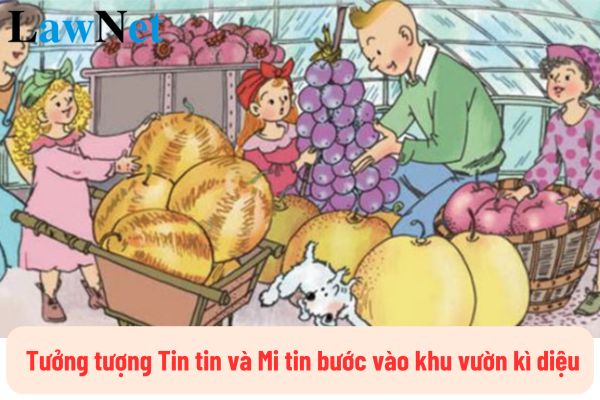
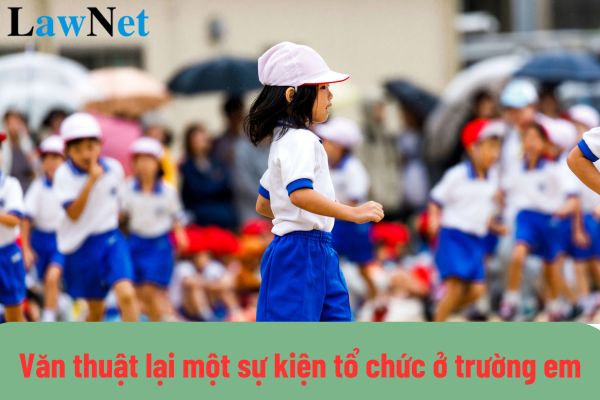

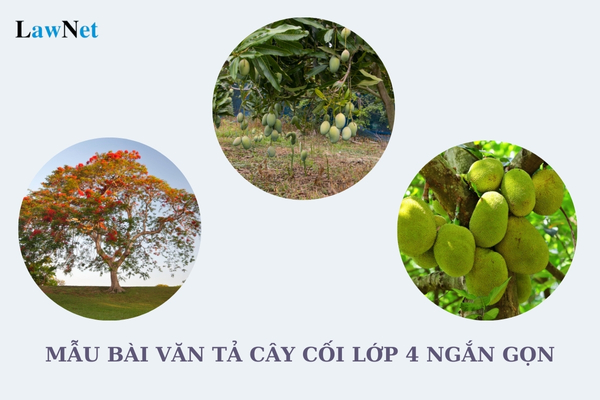
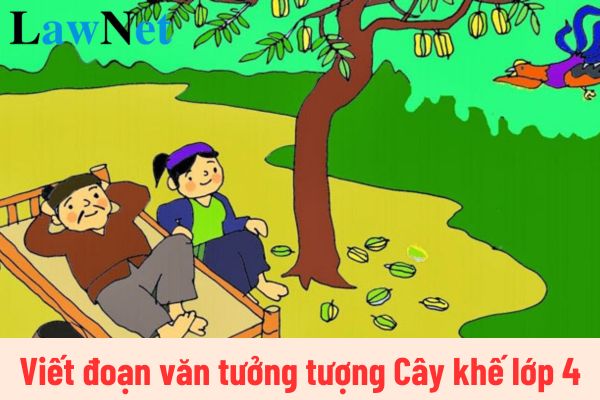
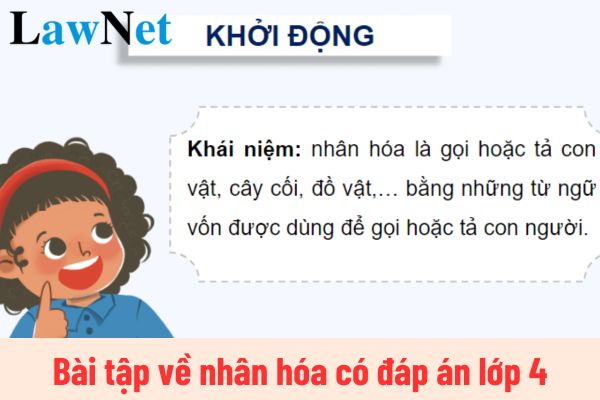
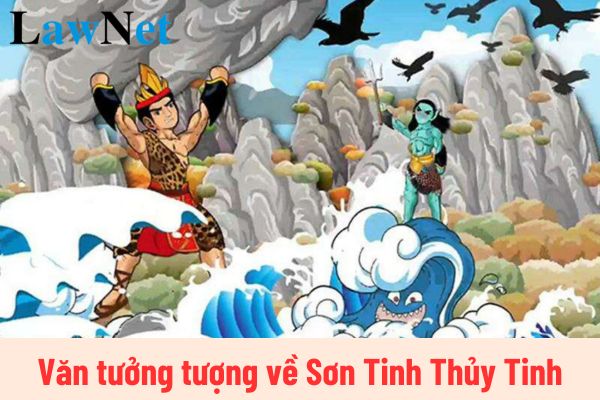
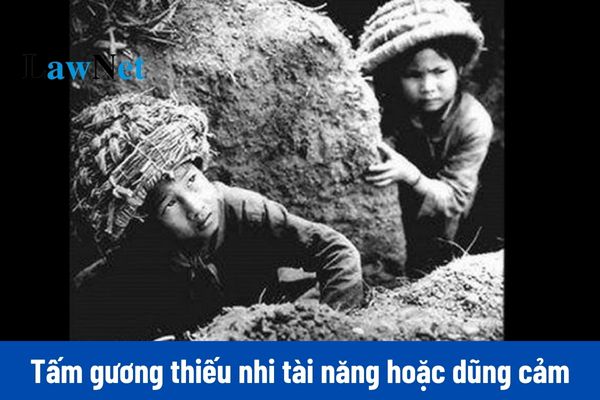
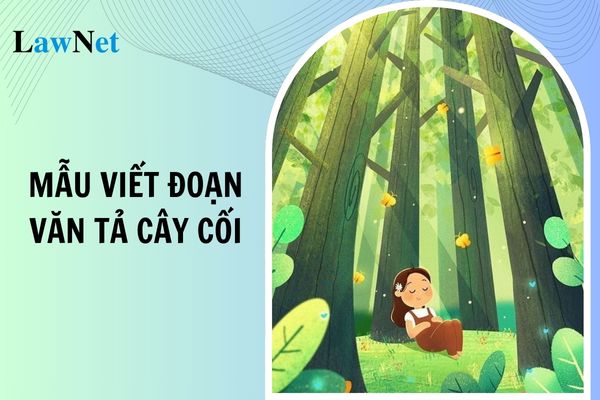
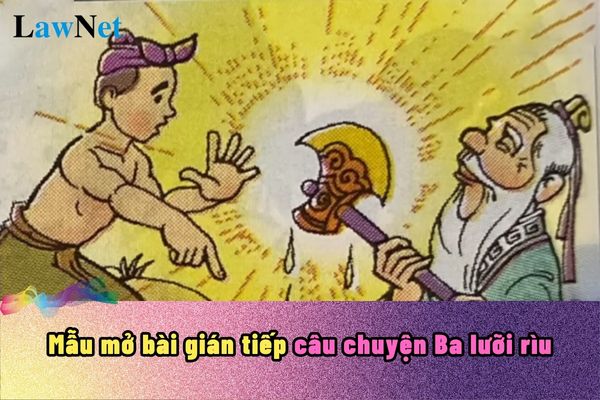
- Vietnam: What is the sample report on a modern literary matter - innovations and renovations in the short stories "Chiếc thuyền ngoài xa" and "Một người Hà Nội"?
- Vietnam: What are the 05 sample 600-word argumentative essays on negative issues among youth today? How many types of texts are there in the content of the 12th-grade Literature curriculum?
- Vietnam: What are the best sample paragraphs about your family for 6th-grade students? What elective subjects do 6th-grade students learn?
- Vietnam: What are the best sample self-introductions in English for 5th-grade students? What topics are covered by the 5th-grade English curriculum?
- Vietnam: What are the sample imaginary paragraphs on Tin-tin and Mi-tin entering the magical garden for 4th-grade students? What are the 05 essential qualities required for 4th-grade students?
- Vietnam: What are the guidelines for preparing the briefest lesson "A Strange Tale of the Fisherman's House/Truyện lạ nhà thuyền chài"? What is the eligibility for lower secondary graduation recognition for 9th-grade students?
- What are the enrollment methods of Pham Ngoc Thach University of Medicine in 2025?
- Vietnam: What are the sample 1st end-of-semester question papers of 9th-grade Literature? What is the form of assessment for 9th-grade Literature?
- Vietnam: What are the 10 sample 200-word social argumentative paragraphs on the strength of discipline? Is improving manpower one of the goals of education?
- What are the sample social argumentative essays on a social issue raised from a literary work in the 8th-grade Literature curriculum in Vietnam?

